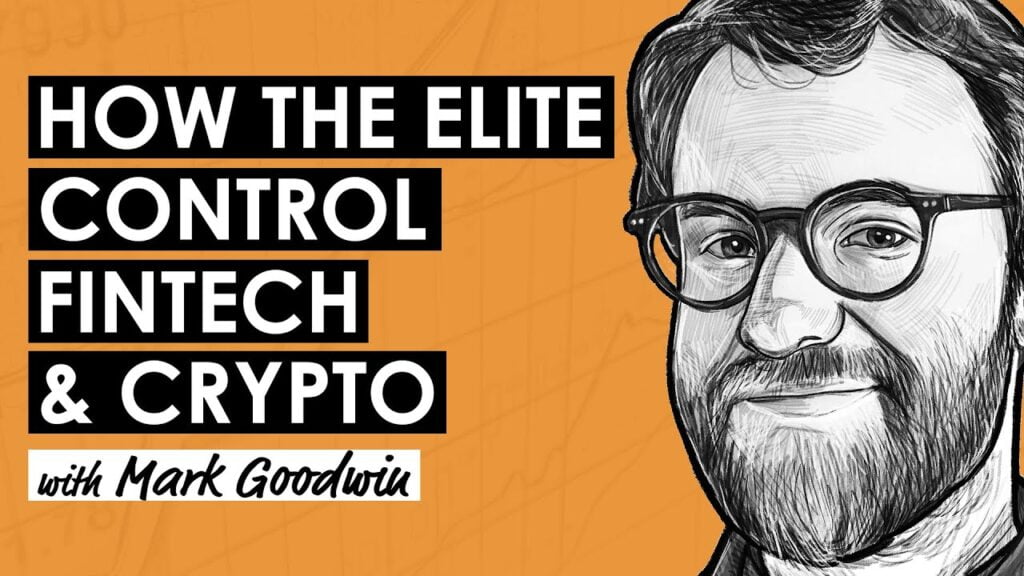Research Summary
The report provides a comprehensive analysis of the current state of Bitcoin and Ether, focusing on their price trends, regulatory conditions, and on-chain metrics. It highlights the performance of both cryptocurrencies, their market sentiment, and the potential implications of their current market conditions.
Key Takeaways
Bitcoin’s Market Performance and Sentiment
- Bitcoin’s Current State: Despite a 63% increase year to date, Bitcoin has broken below crucial short-term support levels. It is trading below the 200-day moving average, and a death cross formed on September 12, indicating a bearish trend.
- Bitcoin’s Market Sentiment: The Net Unrealized Profit/Loss (NUPL) score for Bitcoin fluctuated between “Optimism” and “Fear” zones in Q3, suggesting a mix of market sentiments. However, it moved back into the “Optimism” zone by the end of September.
- Bitcoin’s Valuation: According to the Stock-to-Flow model, Bitcoin’s price is heavily discounted, suggesting it is undervalued. The realized price of Bitcoin has maintained a position of support since January 13, 2023.
- Bitcoin’s On-Chain Metrics: Bitcoin has seen growth in monthly address metrics and new address momentum. The illiquid supply shock ratio for Bitcoin appears to be steadily rising, indicating that the current sold supply is primarily flowing from the liquid token supply.
- Bitcoin’s Hodlers: Long-term holders of Bitcoin are net buying and have increased holdings since April. The average net position change for Bitcoin hodlers in Q2 was 31,071 BTC, which increased to 56,412 BTC in September.
Ethereum’s Market Performance and Sentiment
- Ethereum’s Current State: Ether, up roughly 39% year to date, has been seeing short-term negative price signals but growing on-chain metrics. A “death cross” formed in September, indicating a short-term negative indicator for Ether.
- Ethereum’s Market Sentiment: Ethereum has remained in the “Hope-Fear” zone in terms of net unrealized profit/loss (NUPL) score, indicating overall market sentiment. The MVRV Z-Score for Ethereum suggests that the market value of Ether is just over the “Undervalued” zone.
- Ethereum’s On-Chain Metrics: The number of validators staking on the network has seen a strong increase, up 29%. Layer 2 transactions for Ethereum, including Arbitrum, Optimism, and Base, have grown more than 180% year to date.
- Ethereum’s Supply Dynamics: The network continues to maintain a higher rate of burn than issuance, resulting in nearly 300,000 Ether being removed from the network since The Merge’s implementation in September 2022.
- Ethereum’s Hodlers: The number of unique externally owned addresses holding at least $1,000 in Ether fell by roughly 6% this quarter, while the price of Ether fell by 13%, indicating a state of apathy among Ether investors.
Actionable Insights
- Monitor Bitcoin’s Market Sentiment: Given the fluctuation of Bitcoin’s NUPL score between “Optimism” and “Fear” zones, it is crucial to keep an eye on market sentiment changes. The recent move back into the “Optimism” zone suggests potential unrealized profits held on-chain.
- Investigate the Potential of Bitcoin’s Undervaluation: The Stock-to-Flow model suggests that Bitcoin is undervalued. This could present an opportunity for those interested in Bitcoin to explore further.
- Assess Ethereum’s On-Chain Metrics: The strong increase in the number of validators staking on the Ethereum network and the growth of Layer 2 transactions indicate a positive trend in Ethereum’s on-chain metrics. These factors could have implications for Ethereum’s future performance.
- Consider Ethereum’s Supply Dynamics: The higher rate of burn than issuance on the Ethereum network has resulted in a significant amount of Ether being removed from the network. This could potentially impact the supply and demand dynamics of Ether.
- Examine the State of Ethereum’s Hodlers: The decrease in the number of unique externally owned addresses holding at least $1,000 in Ether suggests a state of apathy among Ether investors. This could have implications for Ether’s market sentiment and price dynamics.













